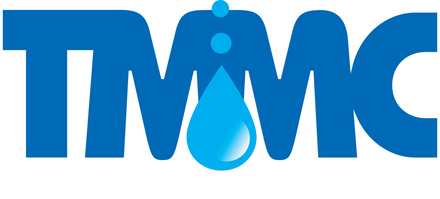Information from a Boat Surveyor
The term “osmosis” was coined in the early 70’s to describe the blistering found on many GRP boat hulls and is now in common usage.
A GRP boat hull is a usually a mixture of polyester resin reinforced with glass fibres, created in layers which forms a laminate. This laminate will have small voids, air pockets and microcracks within the resin and at the interface between the resin and the glass fibres. Water diffuses into and passes through the gel coat and the laminate as water molecules, not a liquid. Water may pass slowly through a GRP hull in this way or the water molecules can collect and condense within these voids. Within the voids/laminate are various water soluble components. These are solvents and unreacted constituents from the manufacturing process.

The water within the voids dissolves and reacts with these components. (Hydrolysis). The ongoing (Hydrolysis) will continue within the voids enlarging the cavities and forming a solution. The solution is water absorbing (“hydroscopic”) and once the solution is released in the voids it accelerates the rate of water absorption into the laminate. This process will not be reversed by taking the boat out of the water. As this continues the voids are increased in size and the pressure within increases. At some point the pressure may become too high for the surrounding material to support and a blister is formed. As this process continues, moisture continues to be absorbed, the laminate break down accelerates and more blisters are formed. In time some larger blisters may develop within the laminate as well as those more commonly occurring between the gel coat and laminate.
Eventually at this stage, treatment will be required as the structural integrity of the hull can be effected.
A professional boat surveyor will recognise the early signs of boat osmosis.
Boat Osmosis Solutions
No yacht has sunk from Osmosis, not that I am aware of anyway, but big blisters will weaken the laminate.
The water and the contaminants in the laminate have to be removed and whilst drying will remove the water it leaves many of the contaminants behind so for this reason steam cleaning and washing the hull surface is important but not sufficient. Depending on how big and how many blisters you have, the decision on how much work is down to you. A few isolated blisters can be carefully cut off with a chisel, washed out and filled with epoxy resin. Even large blisters can be treated this way.
Peeling the gel coat is common but extreme and on its own often adds to problems. Blisters will return, even after peeling, if there are still voids in the laminates and uncured gel coat, more blisters will occur. So if you are the owner and don’t intend to sell, my personal view is deal with them individually as they occur. If you are planning to sell, yes the fact is, boats with untreated osmosis are harder to sell, so you will need to get a professional, warranted job done.
The gel coat is a very effective water barrier and does not allow the passage of glycols so it has to be removed usually by the use of a “Gel Peeler”. This removes a controlled thickness of gel coat/laminate leaving an even surface.
To promote drying and to abrade the surface left by the “Gel Peeler” the peeled surface should be “grit blasted” after peeling, for maximum effect this work should be done immediately after the end of the season. Thereafter the hull should be steam cleaned and washed regularly for a period of time to ensure that the solutions are washed out. At this stage, I would recommend HOTVAC treatment. This cures the uncured resin and reduces he chance of re-occurrence. When the surface is found to be neutral, the drying process can commence. Initially this can be air dried but eventually the hull will need to be heated to reduce moisture content to a very low level. Once the hull is dry a new coating can be applied.
The Tramex Skipper 5 is an instant, precise, dual-depth, analog, non-destructive Marine moisture meter which detects excess moisture hidden in GRP boat hulls, decks and coach roofs including sandwich or cored structures.
The unique three-electrode array provides both shallow (10 mm / ⅜") and deep (30 mm / 1¼") perceptivity to help establish the depth of any moisture within GRP composites. In addition to the classic moving-coil display, readings may also be sent to the free Tramex Meters App on paired Android and iOS devices.

